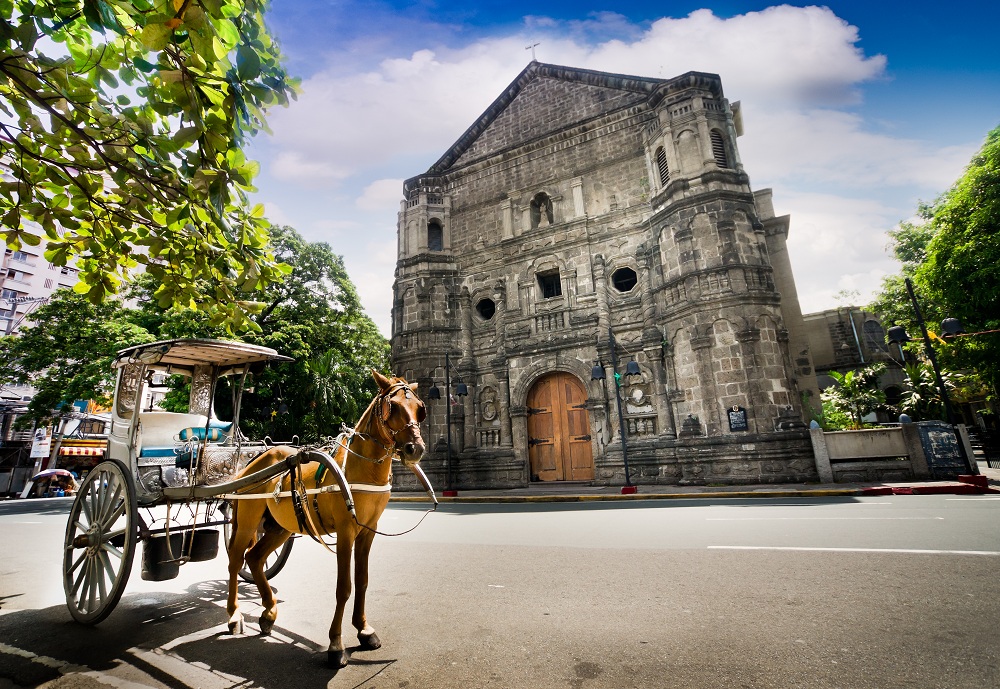Known for its beaches and well-loved lechon, Cebu has an endless list of things to offer to both locals and tourists. Its capital alone, Cebu City, the Queen City of the South, is the first city ever established in the country.
Another historical place in the province is Mactan, where the battle between local chieftain Lapu-Lapu and Portuguese voyager Ferdinand Magellan took place.
Fast forward to today. Cebu boasts of condominium units in Mactan and commercial establishments in Cebu City, but the entire province has preserved its history and culture by preserving these historical places and opening them to the public. If you are a backpacker who wants to learn about the Philippines’ Spanish-era history, the province is for you. Its long history may even urge you to settle in the place for good.
Fort San Pedro
When the first governor of the Captaincy General of the Philippines, Miguel Lopez de Legazpi, arrived in the country, he ordered the construction of the Fuerza de San Pedro. The wooden fort was built in 1565 as a military defense structure.
Today, the oldest and smallest fort in the country is open to the public from 7 AM to 7 PM for a minimal entrance fee. Here, you can see paintings depicting the Battle in Mactan, old photographs, and real-life canons. From the fort, you can also get a good view of the Plaza Independencia.
Magellan’s Cross
When Magellan arrived in the Philippines, he ordered his men to plant a huge cross on the island. The cross, which some people believe to be miraculous, marked the start of Catholicism in the country.
Over the years, there have been rumors that the original Magellan’s Cross has been stolen or destroyed and that the one planted in a chapel next to the Basilica del Santo Niño is a replica. In fact, one priest in Cebu City is calling for further research on whether the cross in the Basilica is the original one Magellan placed or the cross planted by Fray Martin de Rada.
Basilica del Santo Niño

According to its official website, the Basilica del Santo Niño is one of only 14 Minor Basilicas in the Philippines. The Basilica is the oldest Roman Catholic Church in the country. It was built by de Legazpi and Fr. Andres de Urdaneta in 1565. The church got its name after it was built on a spot where a statuette of Santo Niño, the child Jesus, was found during de Legazpi’s expedition. According to historical accounts, Magellan gave the statuette to Rajah Humabon’s wife after their baptism as Catholics.
Since then, many people became devotees of the Santo Niño, whose feast is celebrated in January through a Holy Mass, procession, and the Ati-Atihan Festival.
Colon Street
Colon Street is the oldest street in the Philippines. It was built during the conquest of de Legazpi. It was named after the Italian explorer Cristobal Colon, who was more widely known as Christopher Columbus. During that time, the avenue was the province’s economic hub.
Because of the vibrant commerce in the street, many universities were built on it, including the University of the Visayas, University of Cebu, and the University of San Carlos. Until today, the street remains a business hub, with its malls and offices.
Since many Spaniard explorers first docked at the island, Cebu has become an important province in the country. Owing to its historical and cultural wealth and pristine white beaches, the province is a popular destination among local and foreign tourists. Consequently, many business establishments started operating in the area.
Meanwhile, those who are looking for a new home can consider moving to the province – a place filled with history lessons.



